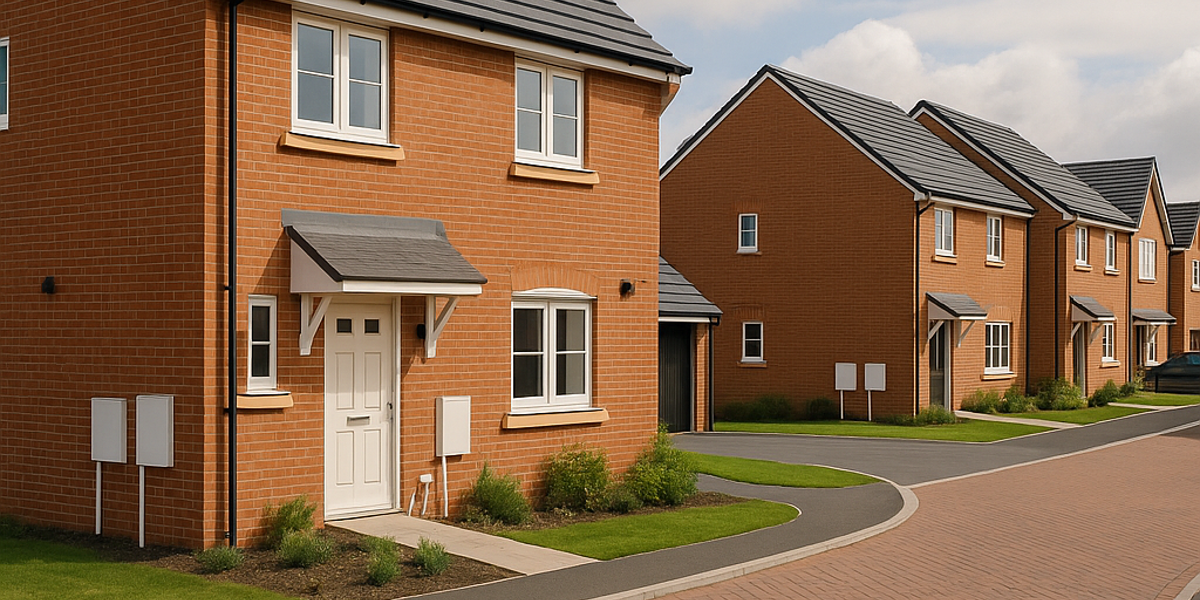The government has announced plans to build 40,000 new homes on brownfield railway land in Manchester, Newcastle, Nottingham and Cambridge.
Surplus railway land across the country is being ‘unlocked’ to kickstart £1 billion of development of up to 40,000 new homes over a decade, with over 15,000 in the next 5 years.
1.5 million new homes
Transport Secretary, Heidi Alexander, said: “Our railways are more than just connections between places – they create economic opportunity and drive regeneration.
“It’s exciting to picture the thousands of families who will live in these future homes, the vibrant neighbourhoods springing up and the new businesses that will launch thanks to these developments.”
Deputy Prime Minister and Housing Secretary, Angela Rayner, said: “We are facing a housing crisis which has led to a generation being locked out of homeownership, all while land sits empty and disused across the country.
“We said we’d do everything possible to get Britain building, and that’s why today we’re setting out how we’ll get more homes built across surplus railway network sites in line with our brownfield-first approach and our Plan for Change target of delivering 1.5 million homes.”
Empty properties
According to Shelter, the homeless charity, there are 261,000 long-term empty homes in England that could realistically be turned into social or other housing.
The Big Issue and Habitat for Humanity tell us that around 165,000 privately-owned commercial business premises across Great Britain are estimated to be empty and potentially could be repurposed.
On top of that, approximately 7,000 council-owned empty commercial premises exist in England, Scotland and Wales, which might yield up to 19,500 residential units if converted.
Historic England estimates that 1.4 million dwellings were truly vacant as of March 2021, and significant opportunities exist in historic buildings. There could be capacity for another 120,000 one-bed homes above shops.
Mill buildings in the North of England alone could accommodate roughly 42,000 homes.
As of March 31, 2024, there were approximately 1.3 million households on local authority housing registers (25% in London).
However innovative the railway land opportunity is, Angela Rayner and her team are going to have to do a lot more if she wants to avoid further social unrest.
There are nearly 107,000 asylum seekers in temporary accommodation across the UK.







